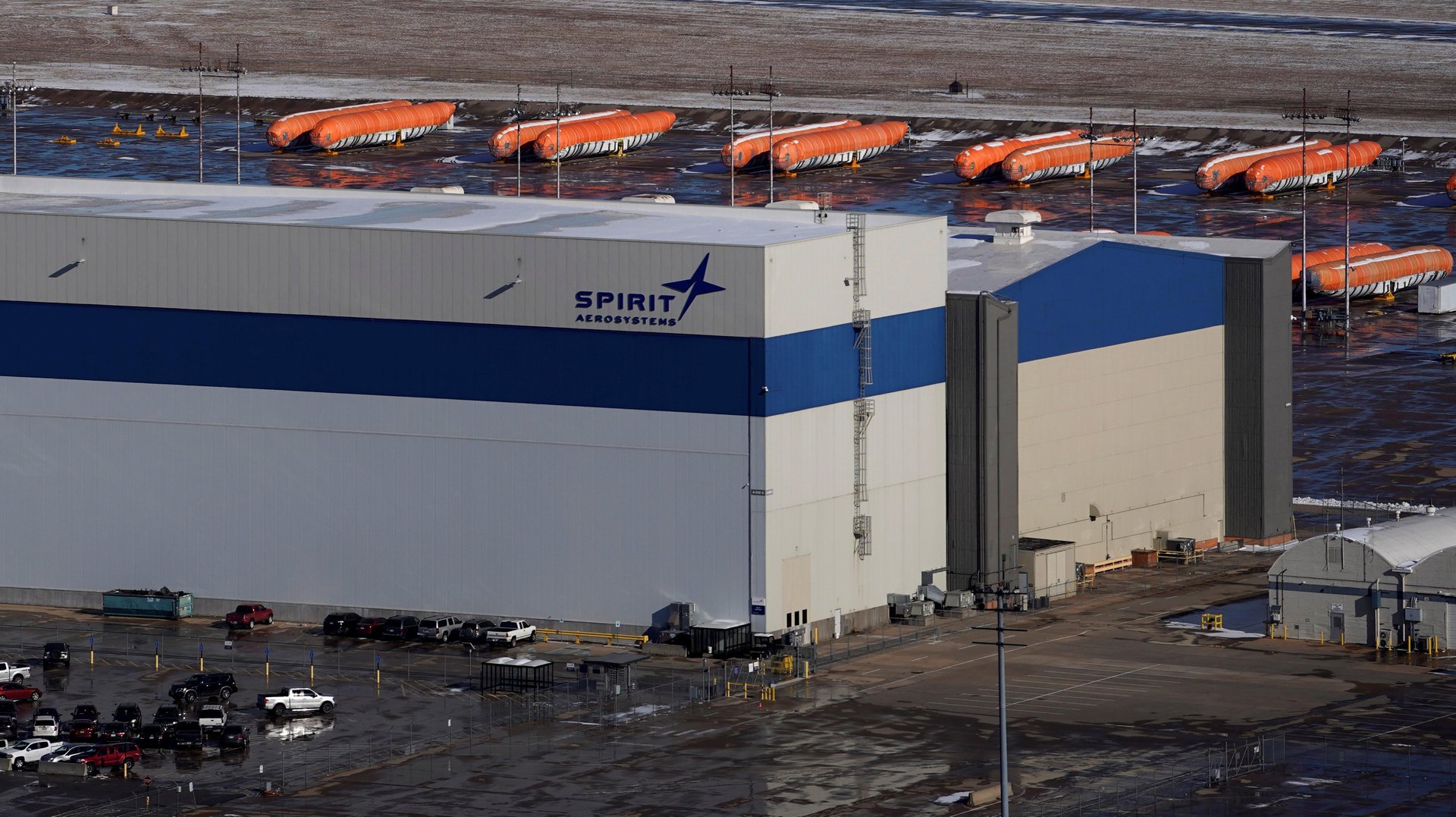Spirit AeroSystems CEO says 'we'll roll up our sleeves' as company digs out of Boeing morass
The 737 Max fuselage supplier is stuck between the FAA and a hard place

The fuselage supplier behind the door plug blowout that plunged Boeing into months of chaos and slowdowns is, like Boeing, struggling to deal with the fallout from the incident.
Suggested Reading
Spirit AeroSystems announced earnings Tuesday, and they were grim. The company suffered a $528 million loss in its most recent quarter on $1.7 billion in revenue.
Related Content
“Events in the first quarter of 2024 have resulted in significant reductions in projected revenue and cash flows this year,” the company said in a statement accompanying its earnings numbers. Ironically, the revenue number was 19% higher than it was the same time last year. Spirit shares were flat in Wednesday trading.
On the Spirit earnings call, CEO Patrick Shanahan (who was put in charge just a couple months before the January blowout) said that the firm was doing everything it could to get out from under Boeing’s mess, but that it would continue to be difficult for a little while. Like Boeing, it has been dealing with an influx of new scrutiny from the Federal Aviation Administration while it tries to improve quality control and safety processes.
“This is a reality of our industry where we have these kinds of disruptions, and we’ll roll up our sleeves and figure out a way,” he said.
Spirit, which used to be a division of Boeing until it was spun out in 2005, has been in negotiations to rejoin its former parent company. Those negotiations continue, Avey said. Outgoing Boeing CEO Dave Calhoun has stressed the importance of bringing Spirit’s operations in-house again, especially in order to cut down on “traveled work,” the practice of moving incomplete fuselages along in the production line in order to boost output speed. The 737 Max 9 that suffered the door plug blowout had been traveled. Avey spoke a bit on the earnings call about the logistical complications of what has to be done for a fuselage to be ready for Boeing:
The details are more complicated than that in the sense that in our production system in Wichita, we conduct 9,000 inspections. When you think about the fuselage that we deliver to Boeing, it’s 100 feet long at about 12 feet in diameter. It’s the largest single integrated commercial aero structure in the world and we have very exacting tolerances in which we have to build that too from an engineering standpoint. So when we talk about skin quality, skin quality must within 10 thousandths of an inch, or roughly the thickness of 2 sheets of paper. So, when we think about that fuselage, it’s about size of a high school basketball court. And when Boeing says ‘we expect perfection,’ they’re talking about nothing in excess of two sheets of paper thickness…So there are no fasteners that can have a tolerance greater than what you could detect with your fingernail.
What we’ve done here is to consolidate all of these inspections where there’s a final inspection in Wichita before it goes to Boeing. And when Dave Calhoun talks about clean fuselages, the definition there is what we ship to them, they can load into their first position and immediately put floors down and blankets in. And the goal is that they can immediately go to work, because what we provide to them is the pacing item for all of those installations. We cannot travel any type of work that would disrupt their ability to start on day one.
One analyst on the call threw Shanahan a curveball, asking if he’d be willing to throw his hat into the ring to take over for Calhoun as potential Boeing CEO. Shanahan sidestepped it: “I wake up every single day focused on Spirit, our teammates here, our suppliers, customers and shareholders, and that’s my plan,” he said.
Correction: An earlier version of this article misnamed the CEO of Spirit AeroSystems. It is Patrick Shanahan, not Ryan Avey.